Tut-Tut Rock
A painted tribute to an ancient Egyptian king lurks along a stretch of Scottish shore.
Rather prosaically called “the Painted Rock” when first created in 1851, this piece of Victorian rock art is painted upon a boulder cast high on the shoreline by the retreat of a glacier during the last Ice Age.
The rock’s look has varied throughout the years, often to reflect historical events. Despite having no connection to Egypt, the rock gained its current name, Tut-Tut, in 1922 following Howard Carter’s discovery of Tutankhamun’s tomb and the King Tut mania that followed. During World War II, a V for Victory was incorporated to boost morale in the local community.
The colorful rock was originally painted by a local house-painter named Mr. Spry, of whom little is known, and was then traditionally tended and repainted by the occupants of Huddersfield House (later Windward House) across the road. For many years, the responsibility of caring for the rock fell to resident Norman Tullis who, upon his death, left money in his will to continue his work.
Today, with the money now spent, care for the rock has been enthusiastically taken up by the local community. The last repainting involved a number of local school children. Tut-Tut is just one of several examples of painted rocks on the Clyde Estuary, reflecting a very particular local folk culture.
Know Before You Go
Tut-Tut can be seen by walking west along Shore Road from Kilcreggan ferry pier.

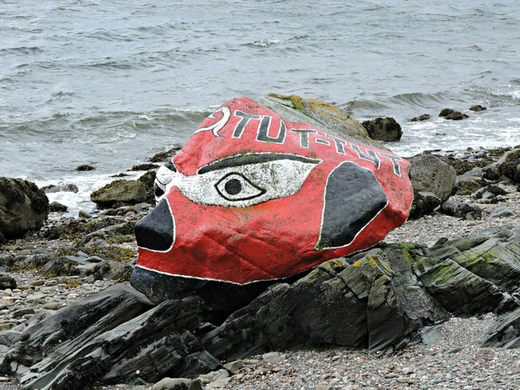
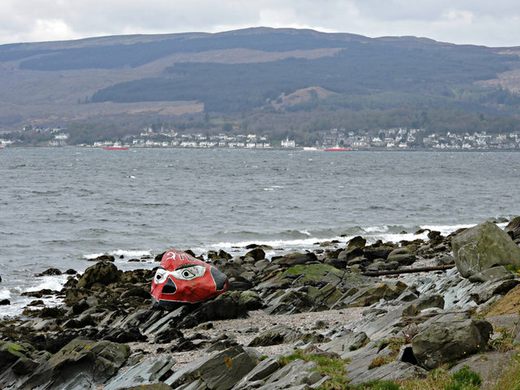
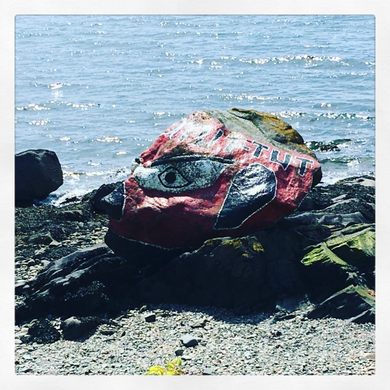




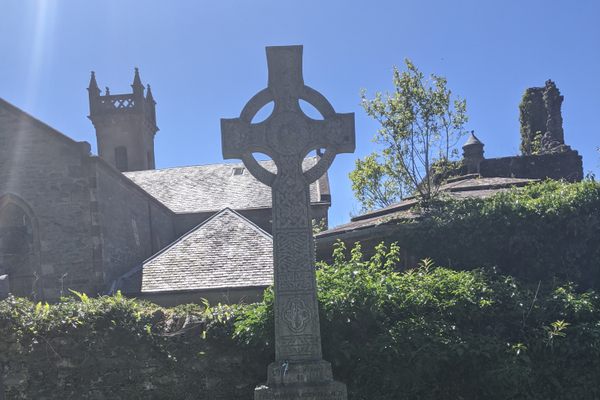
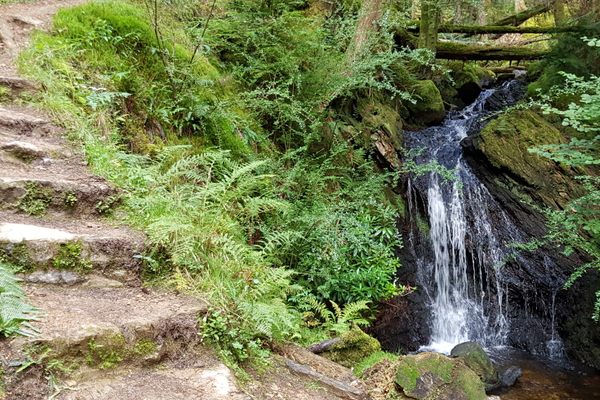
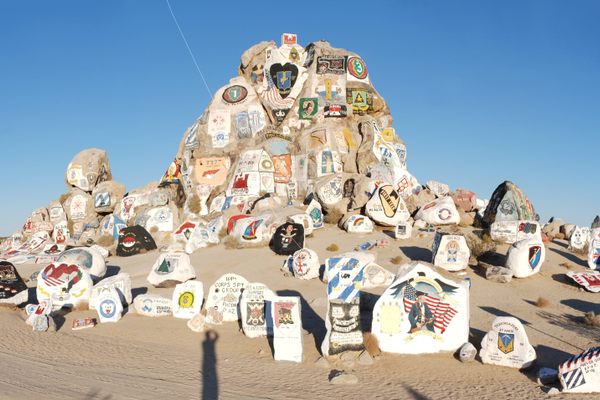

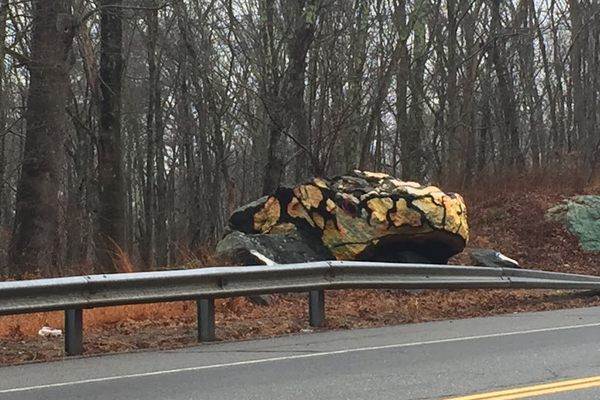


Follow us on Twitter to get the latest on the world's hidden wonders.
Like us on Facebook to get the latest on the world's hidden wonders.
Follow us on Twitter Like us on Facebook